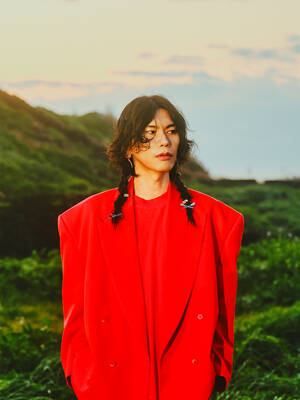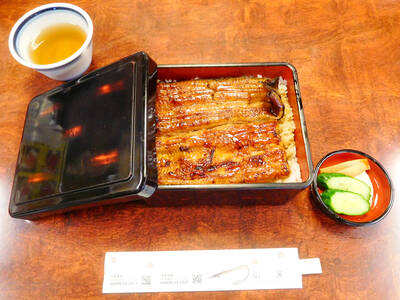
Photo: Wang Wen-lin, Liberty Times 照片︰自由時報王文麟

Photo: Wang Wen-lin, Liberty Times 照片︰自由時報王文麟

Photo: AFP 照片:法新社

Photo: EPA-EFE 照片:歐新社

Microsoft on Feb. 28 announced it was retiring Skype, the online voice and video call pioneer that the tech titan acquired in 2011. “Starting in May 2025, Skype will no longer be available,” said a post from Skype support on X, directing users to sign into Microsoft’s Teams platform for further use of its services. Skype was founded in 2003 by Scandinavians Niklas Zennstrom and Janus Friis in Estonia, revolutionizing Internet communication by offering free voice calls between computers and affordable rates for calls to landlines and mobile phones. Over the years, and as Internet speeds improved, Skype evolved to

A: It’s a pity that I can’t go to Australian pop diva Kylie Minogue’s concert. B: Why not? A: Hit Japanese singer Kenshi Yonezu is staging two shows at the Taipei Arena this weekend, and I already bought tickets long ago. B: Wow, isn’t he one of the most popular Japanese singers in recent years? A: And Yonezu’s megahit “Lemon” topped the Billboard Japan Hot 100’s year-end chart in 2018 and 2019 consecutively. A: 我不能去澳洲歌后凱莉米諾的演唱會真可惜。 B: 為什麼? A: 日本人氣歌手米津玄師週末將在小巨蛋熱唱兩場,我早早就買票啦。 B: 哇他可是日本近年來最紅的歌手之一。 A: 米津的神曲《Lemon》甚至還在2018、2019年連續稱霸告示牌日本單曲榜年度冠軍! (By Eddy Chang, Taipei Times/台北時報張迪)

A: Australian pop diva Kylie Minogue is set to visit Taiwan for the third time on Saturday. B: I remember that her Taipei concerts in 2008 and 2011 caused a sensation, and I love her megahit “Can’t Get You Out of My Head.” A: This will be her first time performing in the southern city of Kaohsiung. B: Many music critics praise Kylie’s show as “a must-see in your lifetime.” A: Let’s go to Kaohsiung this weekend. A: 澳洲歌后凱莉米諾週六即將三度訪台。 B: 她曾在2008、2011年兩度在台北開唱都造成大轟動,我超愛她的神曲《Can’t Get You Out of My Head》。 A: 這次可是她首度唱進南台灣的高雄呢。 B: 許多樂評家說她的演唱會是「此生必看」! A: 那我們週末去高雄吧。 (By Eddy Chang, Taipei Times/台北時報張迪)

Donburi, often simply called don, is a beloved Japanese dish that consists of a bowl of steamed rice topped with various other ingredients. The word donburi itself actually means “bowl” in Japanese, but it has come to represent much more than just a vessel. Donburi first emerged during the Edo period (1603–1867) as a quick and convenient meal for busy city dwellers. By the 19th century, donburi had become immensely popular among theater enthusiasts, who often purchased these portable meals to enjoy during long performances. Una-don, a donburi topped with grilled eel, was a particular favorite. Easy-to-carry and satisfying,